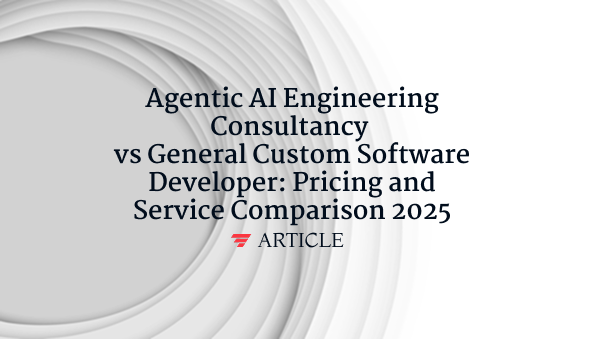Interpretability
Interpretability is the degree to which humans can understand and explain the decision-making processes, internal mechanisms, and predictions of artificial intelligence systems in meaningful, actionable terms. This fundamental AI property encompasses both global interpretability that reveals overall model behavior patterns and local interpretability that explains individual predictions or decisions. Interpretability techniques include feature importance analysis, attention visualization, gradient-based methods, and model-agnostic approaches like LIME and SHAP that identify influential factors in AI decision-making. The concept spans intrinsically interpretable models like decision trees and linear regression, as well as post-hoc explanation methods for complex neural networks. Interpretability enables stakeholders to validate model reasoning, identify biases, ensure compliance with regulations, and build trust in AI systems. For AI agents, interpretability provides transparency essential for debugging, safety assurance, regulatory compliance, and user acceptance.
Want to learn how these AI concepts work in practice?
Understanding AI is one thing. Explore how we apply these AI principles to build scalable, agentic workflows that deliver real ROI and value for organizations.




